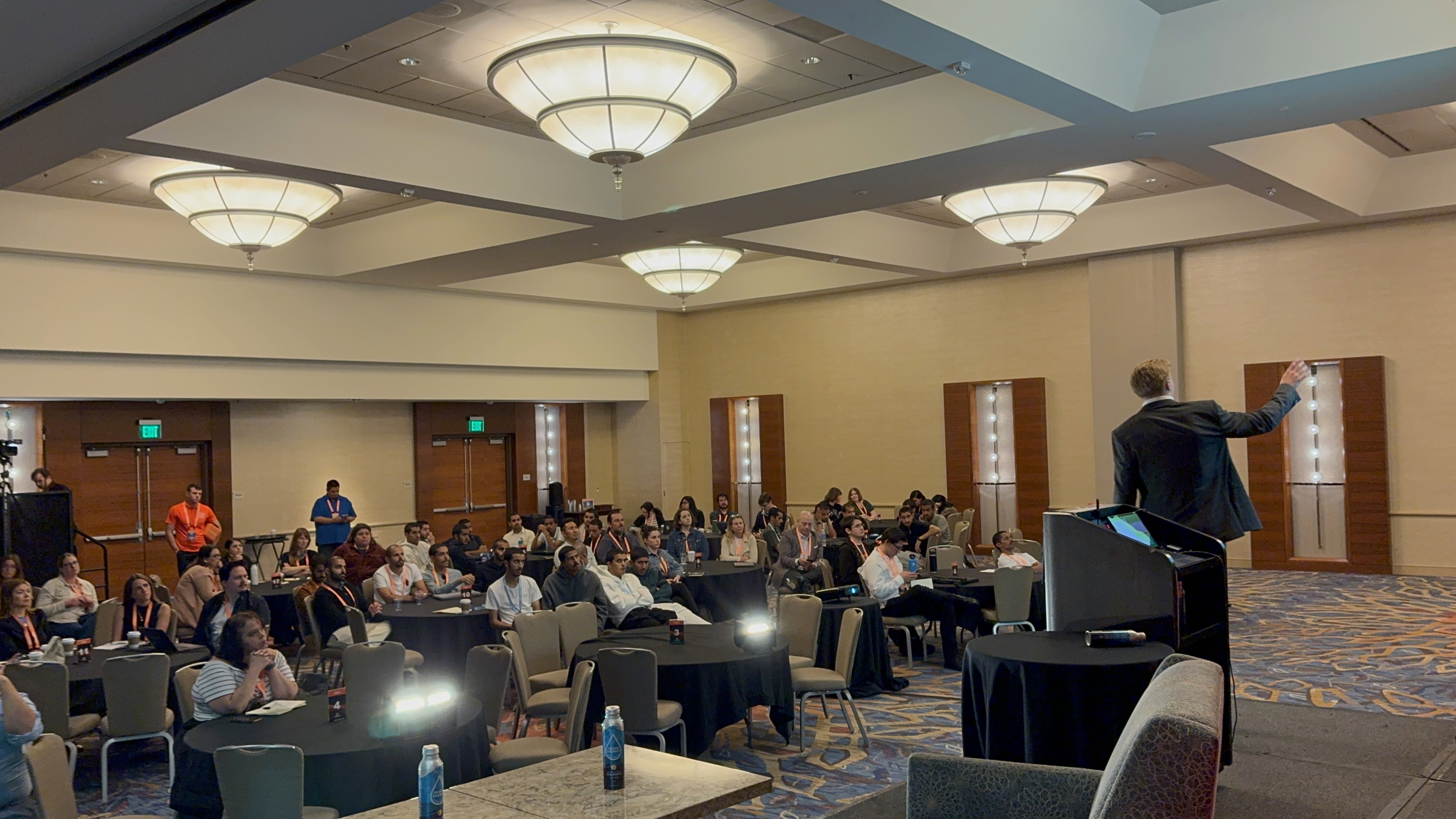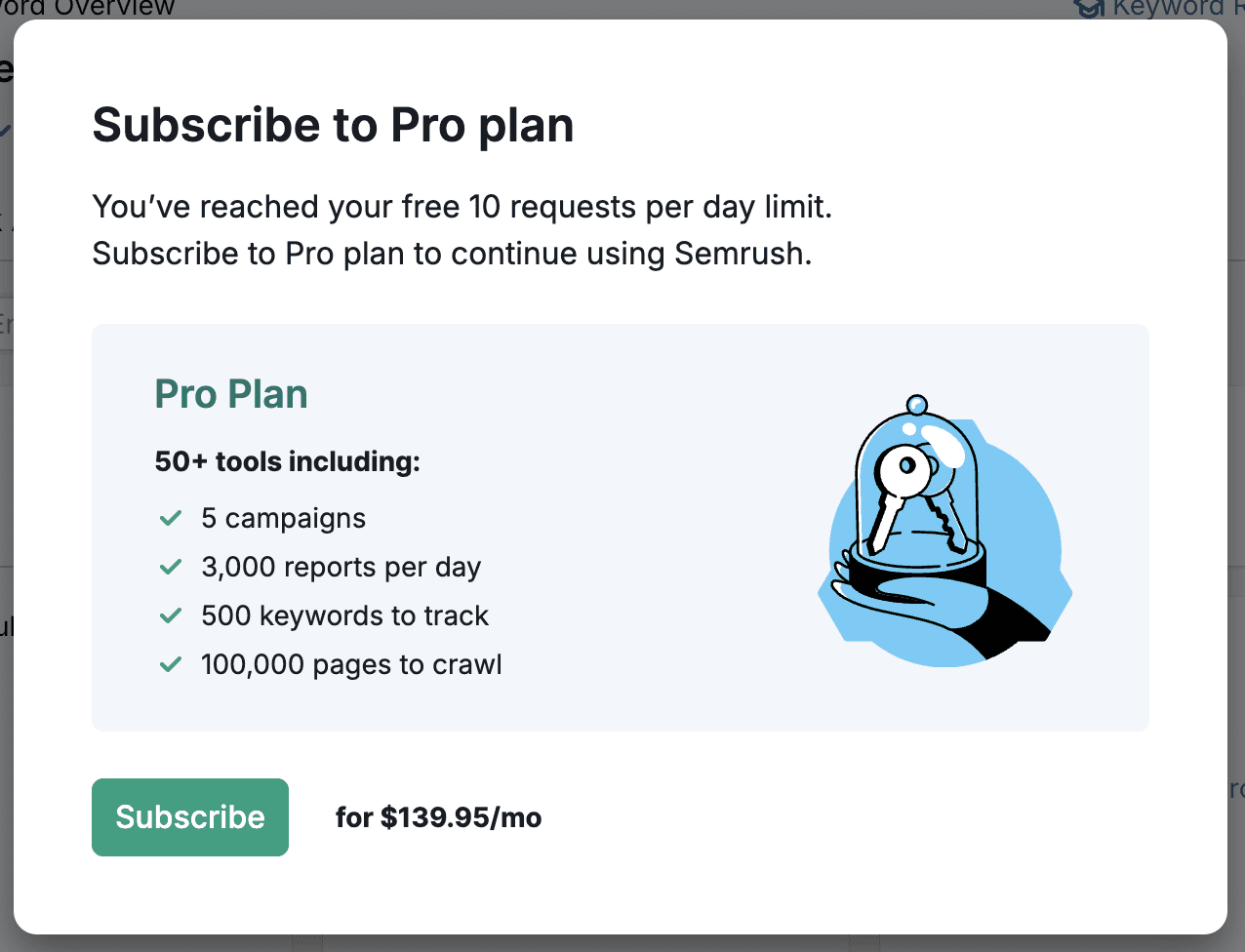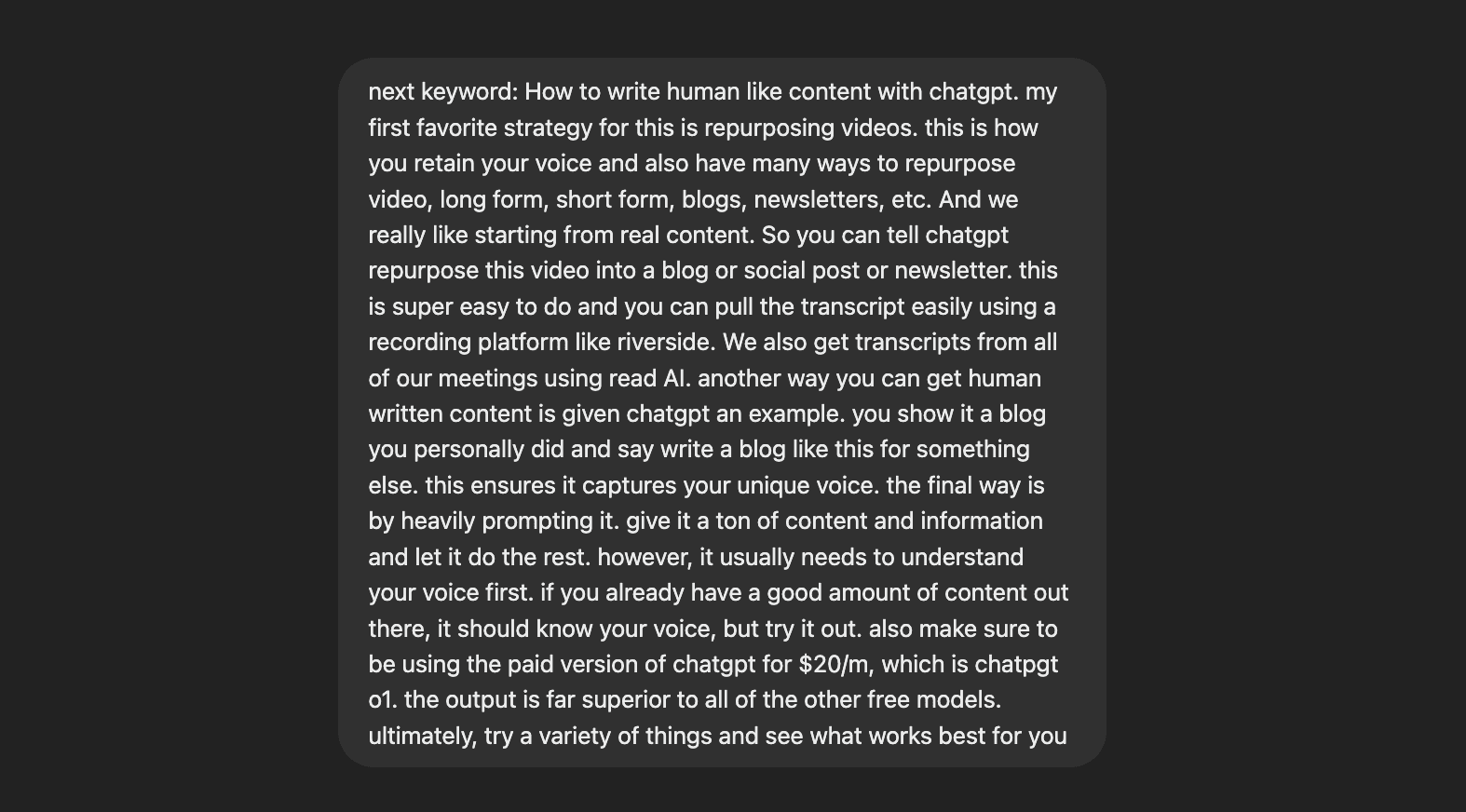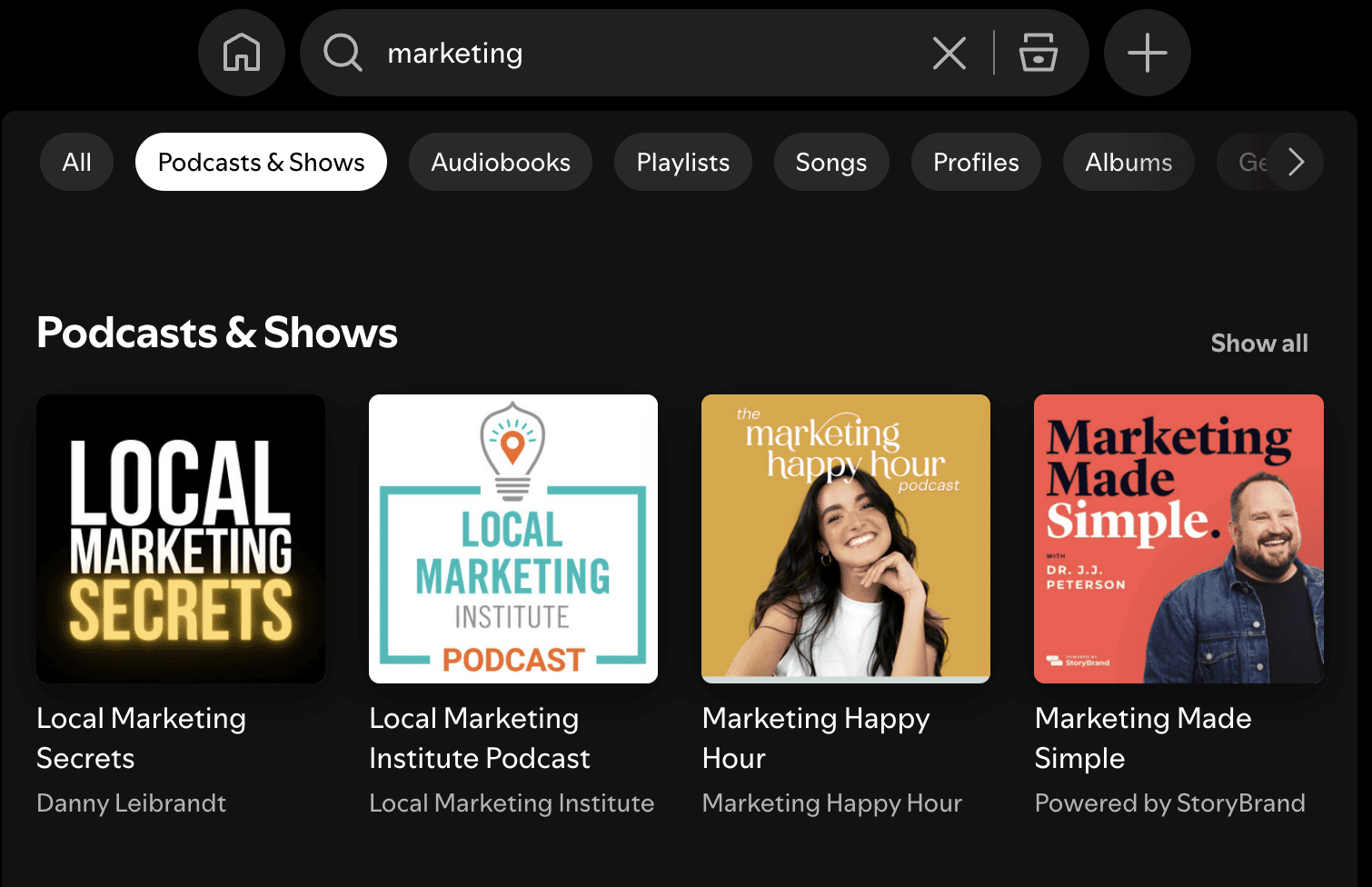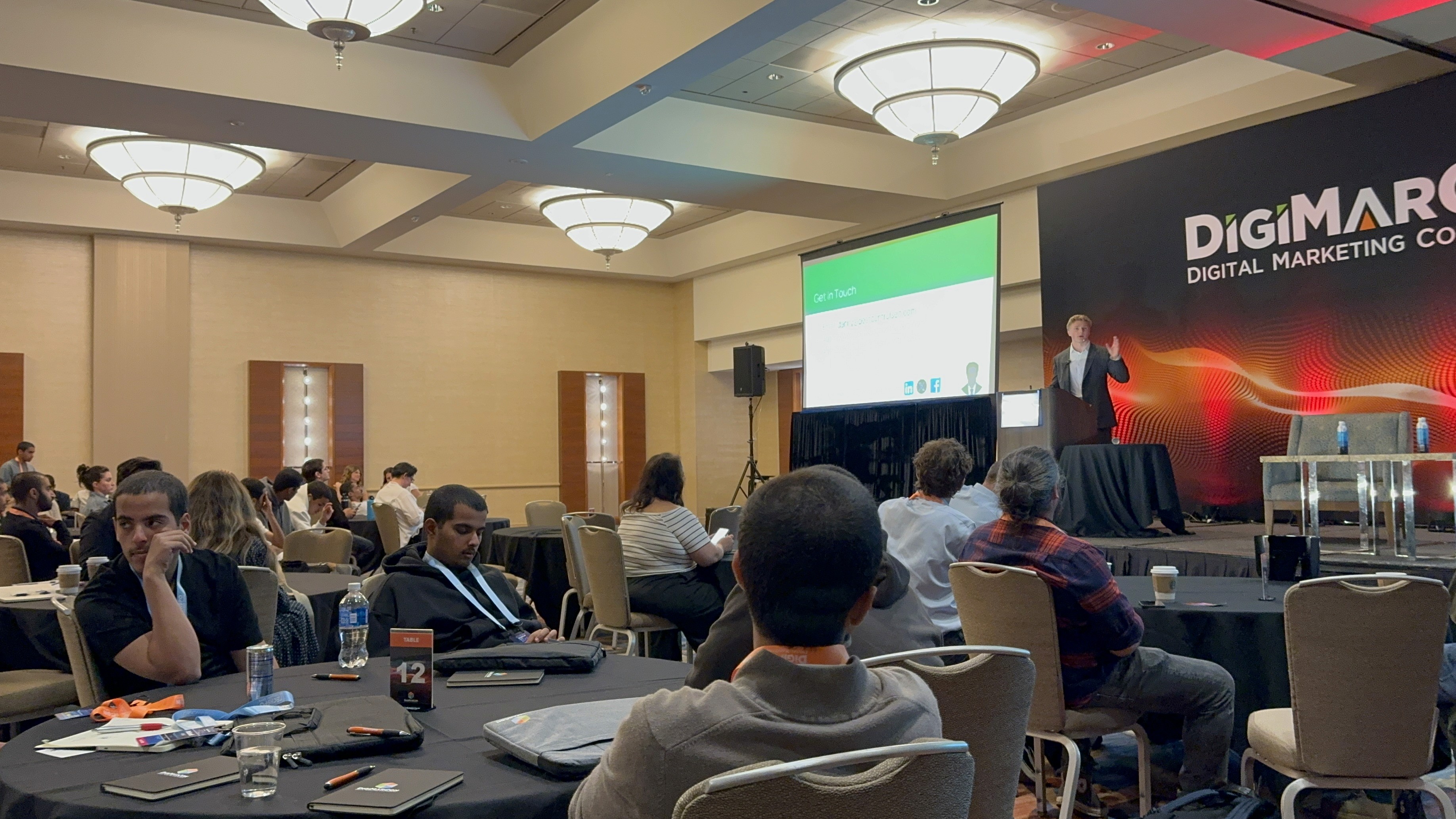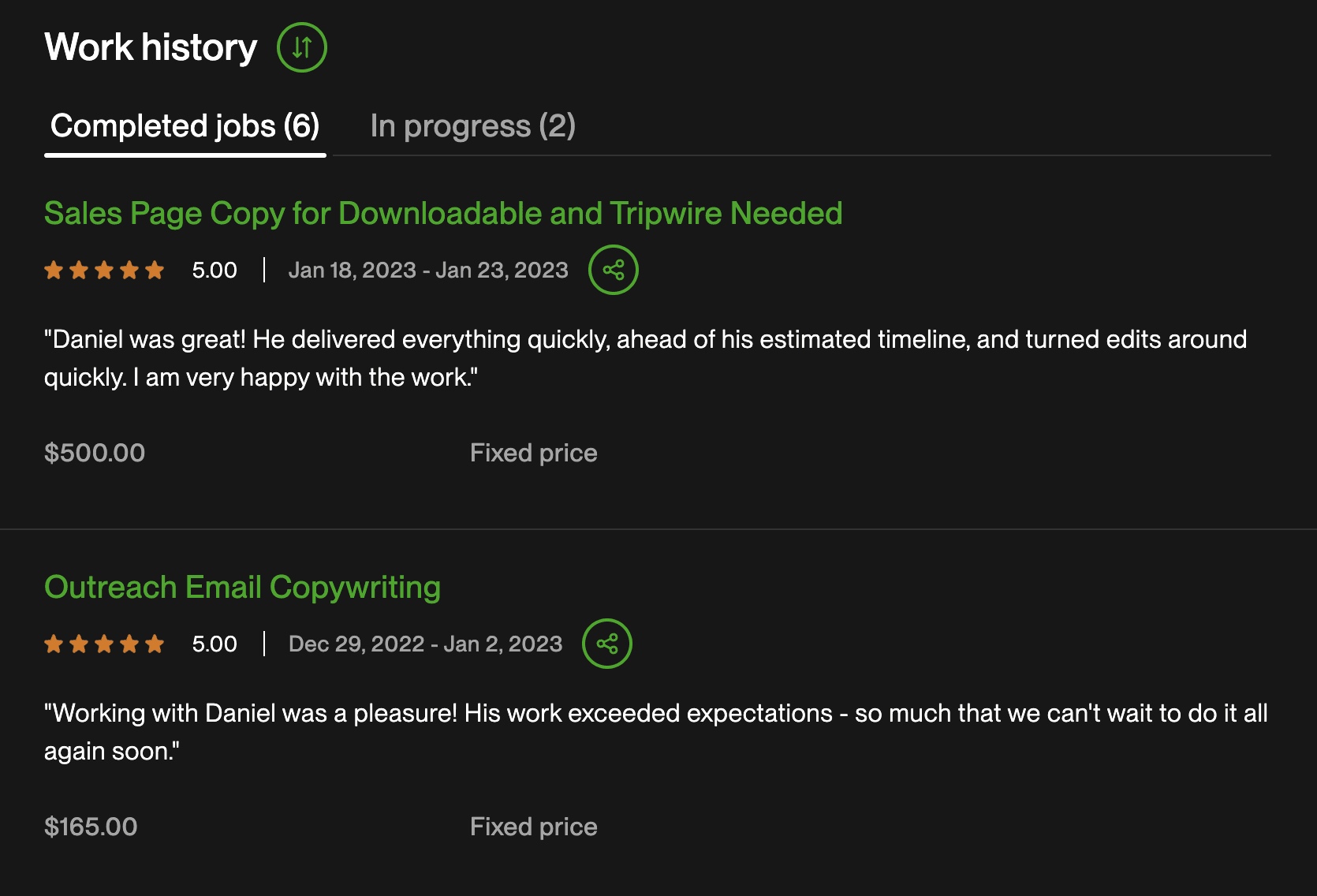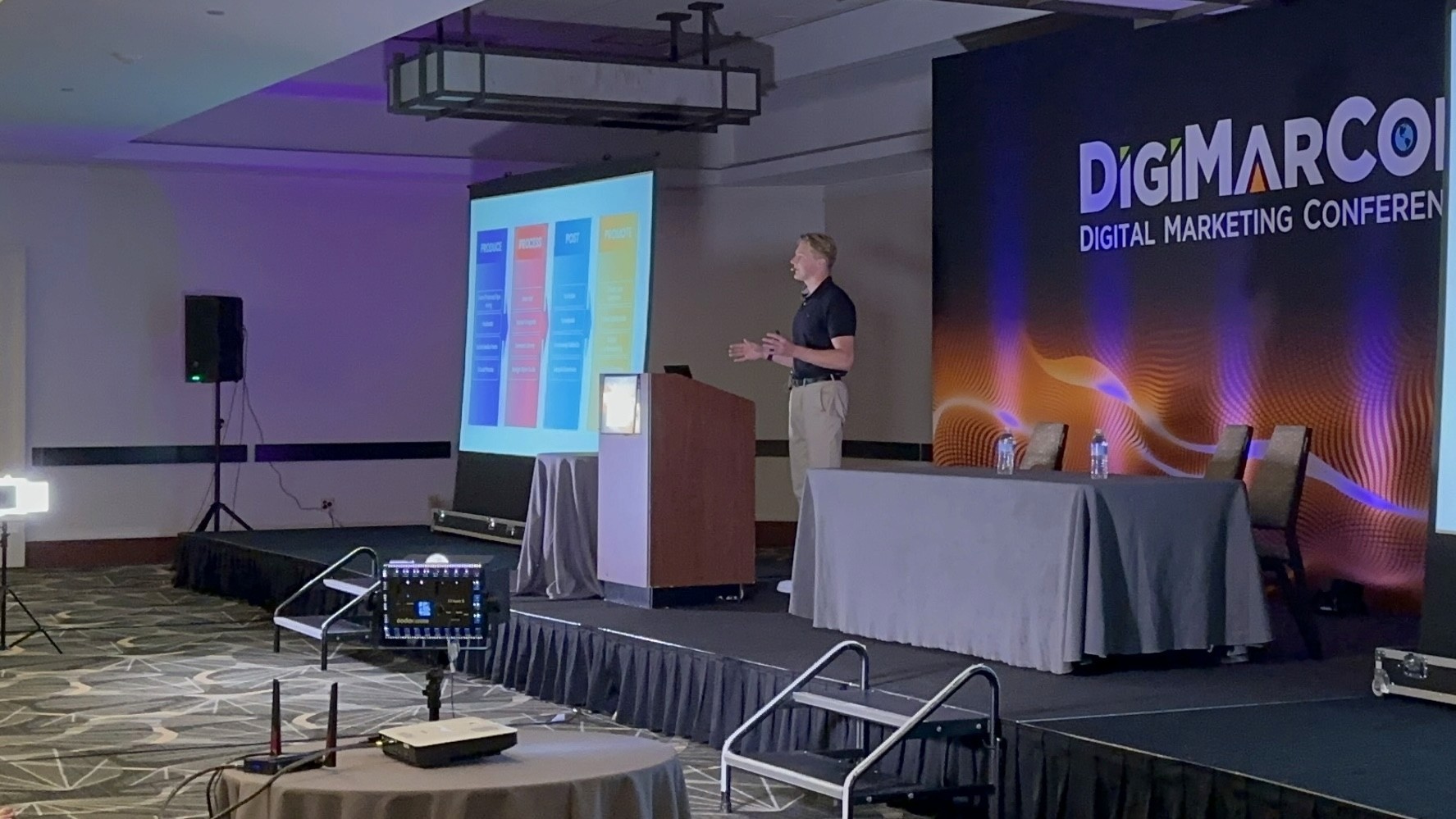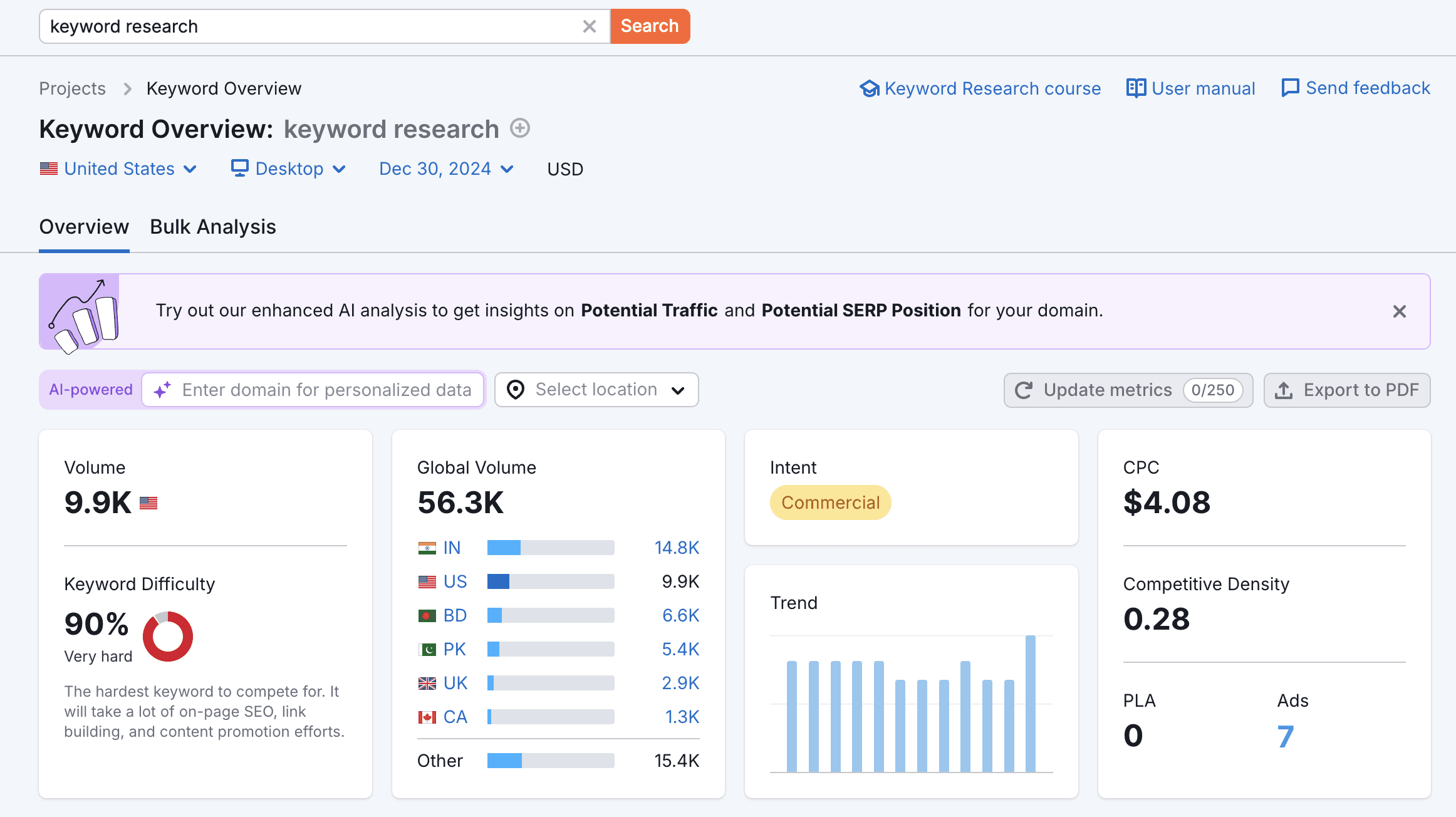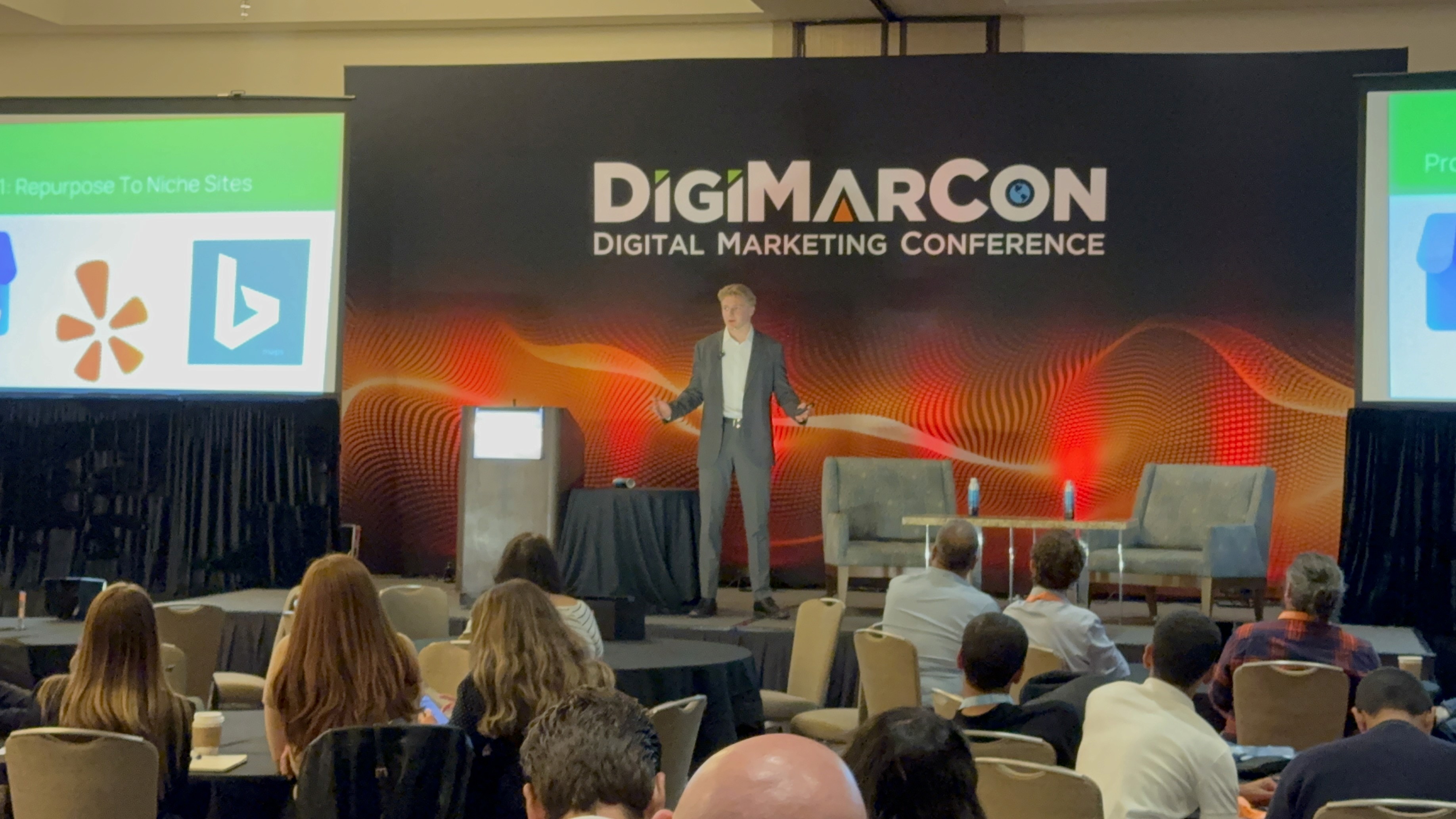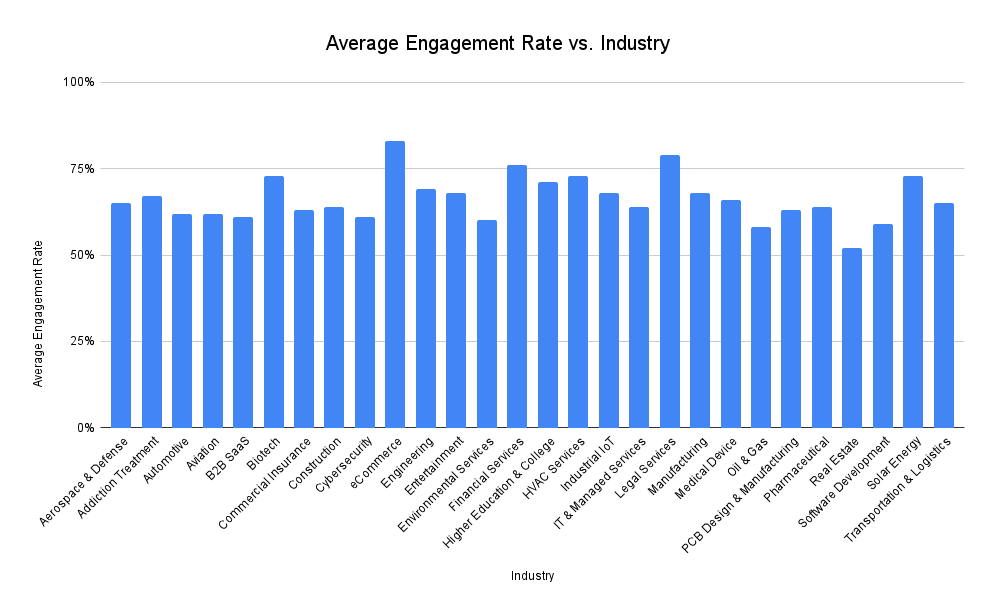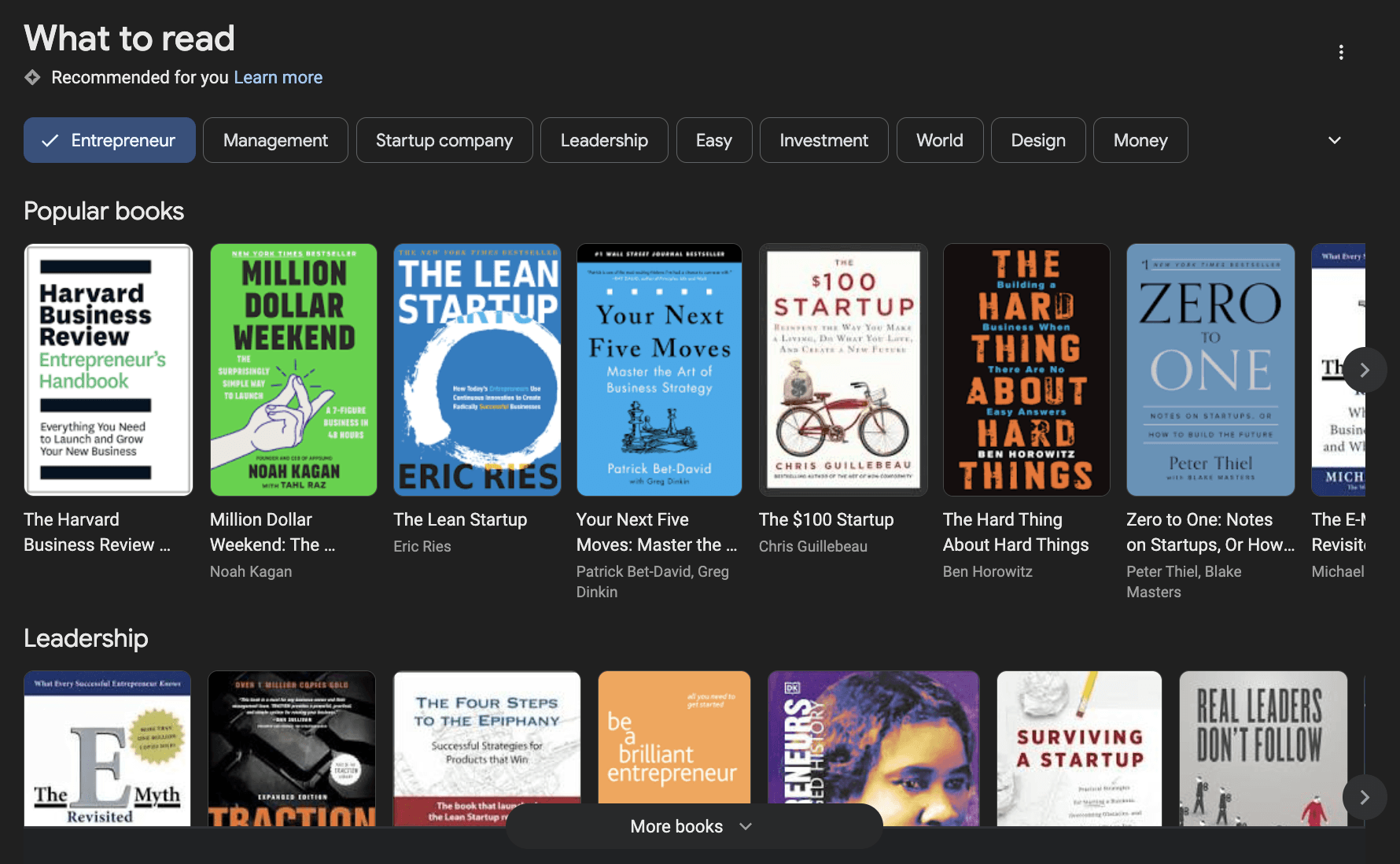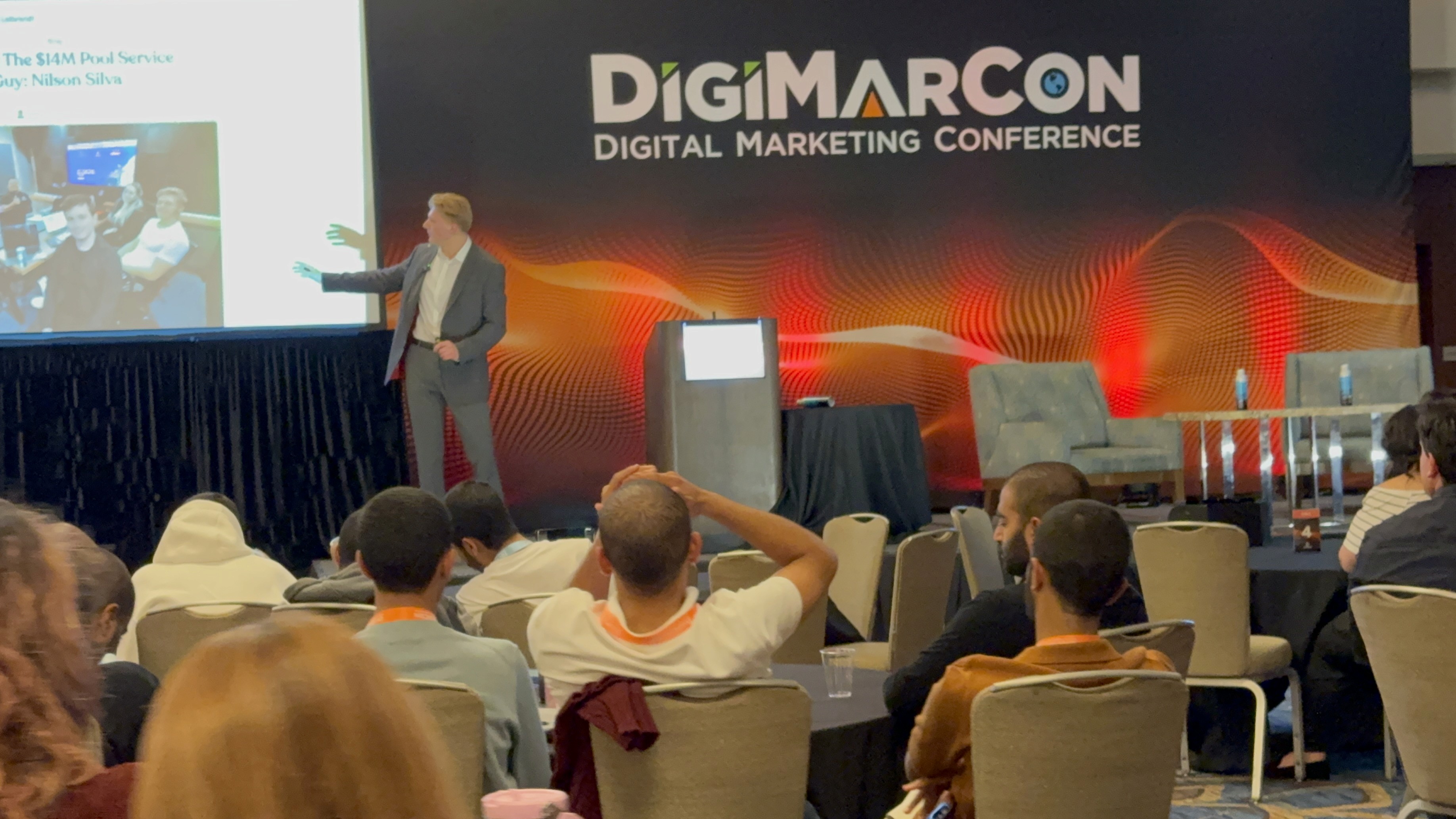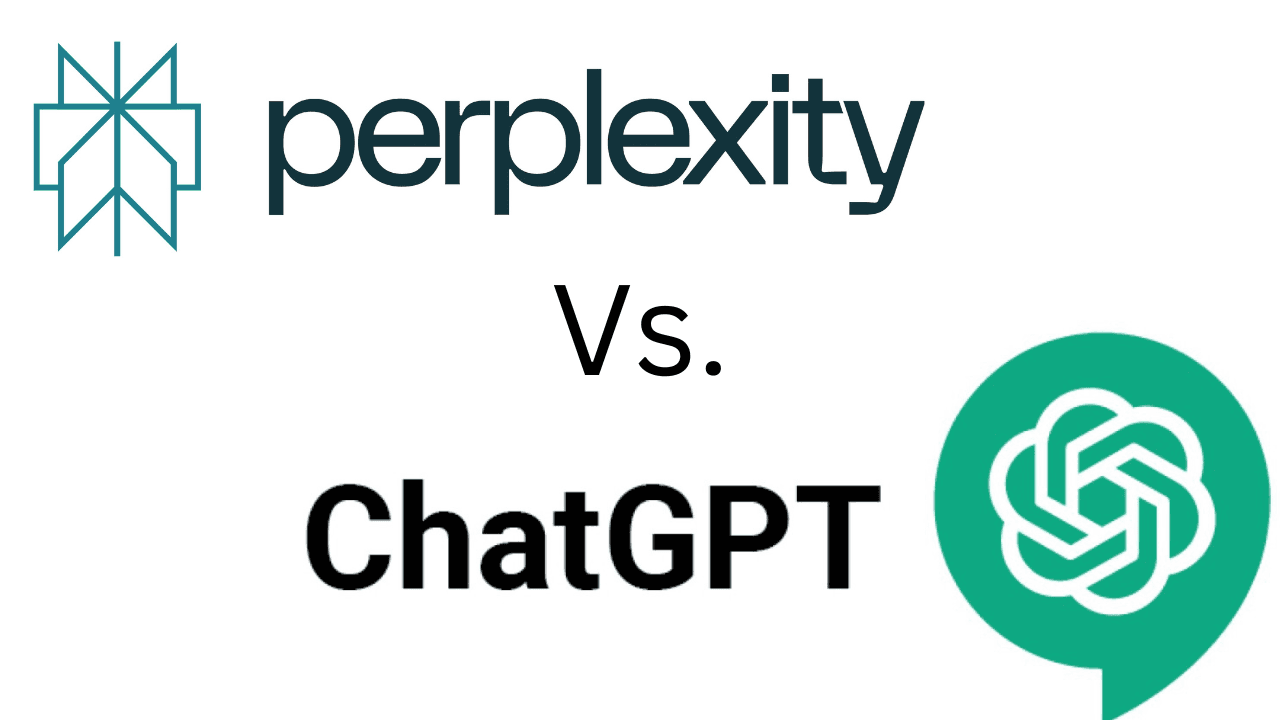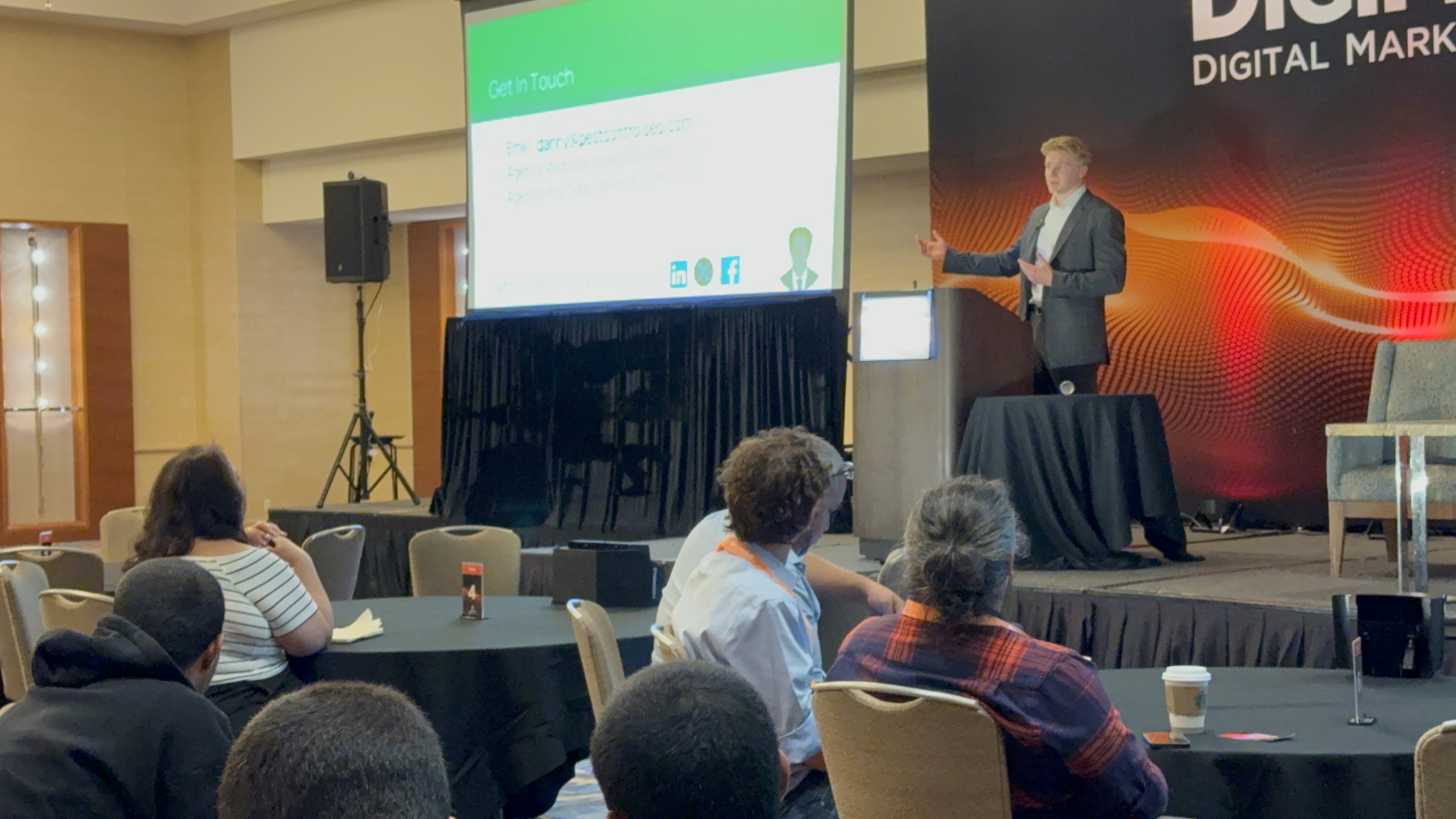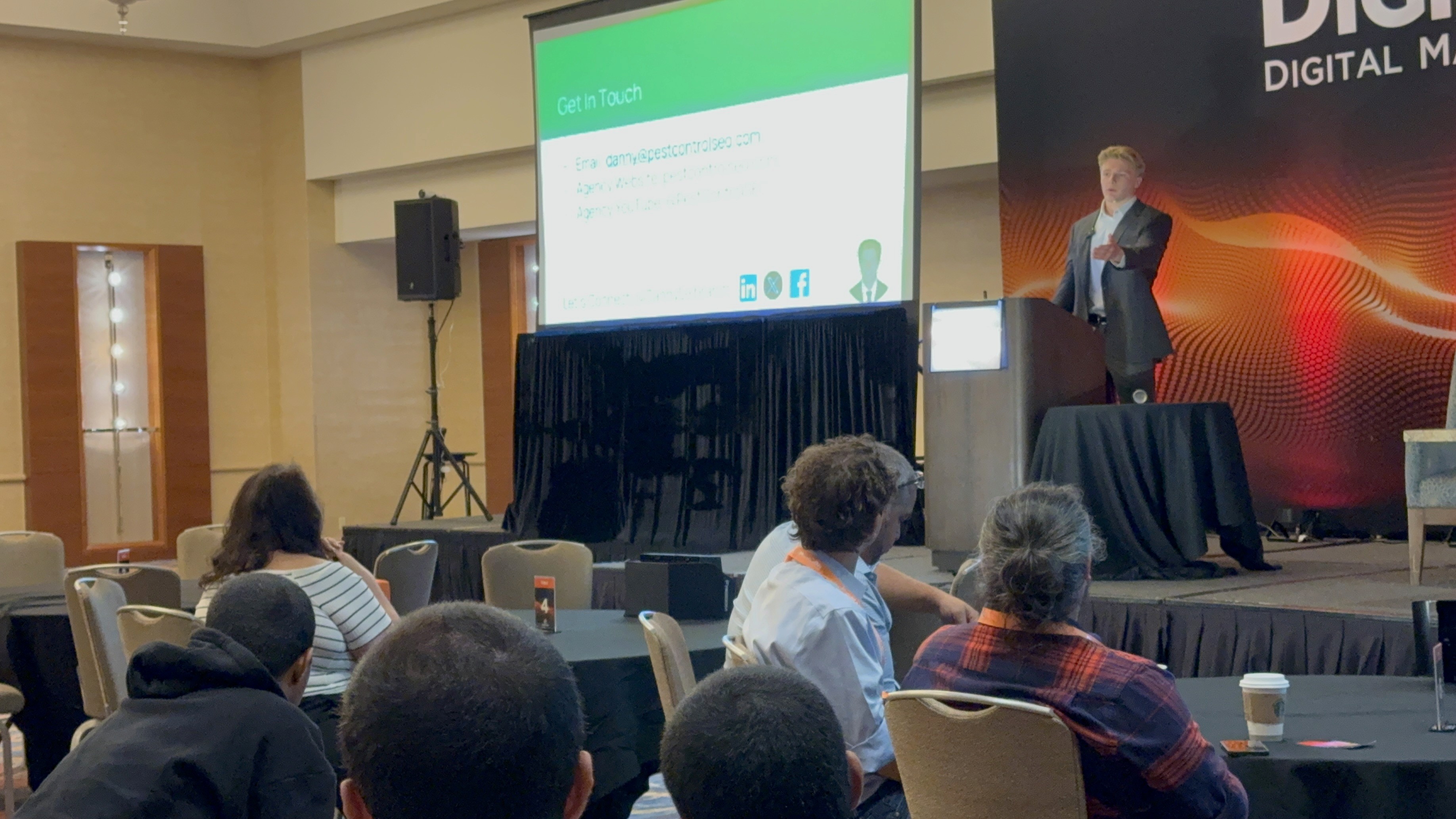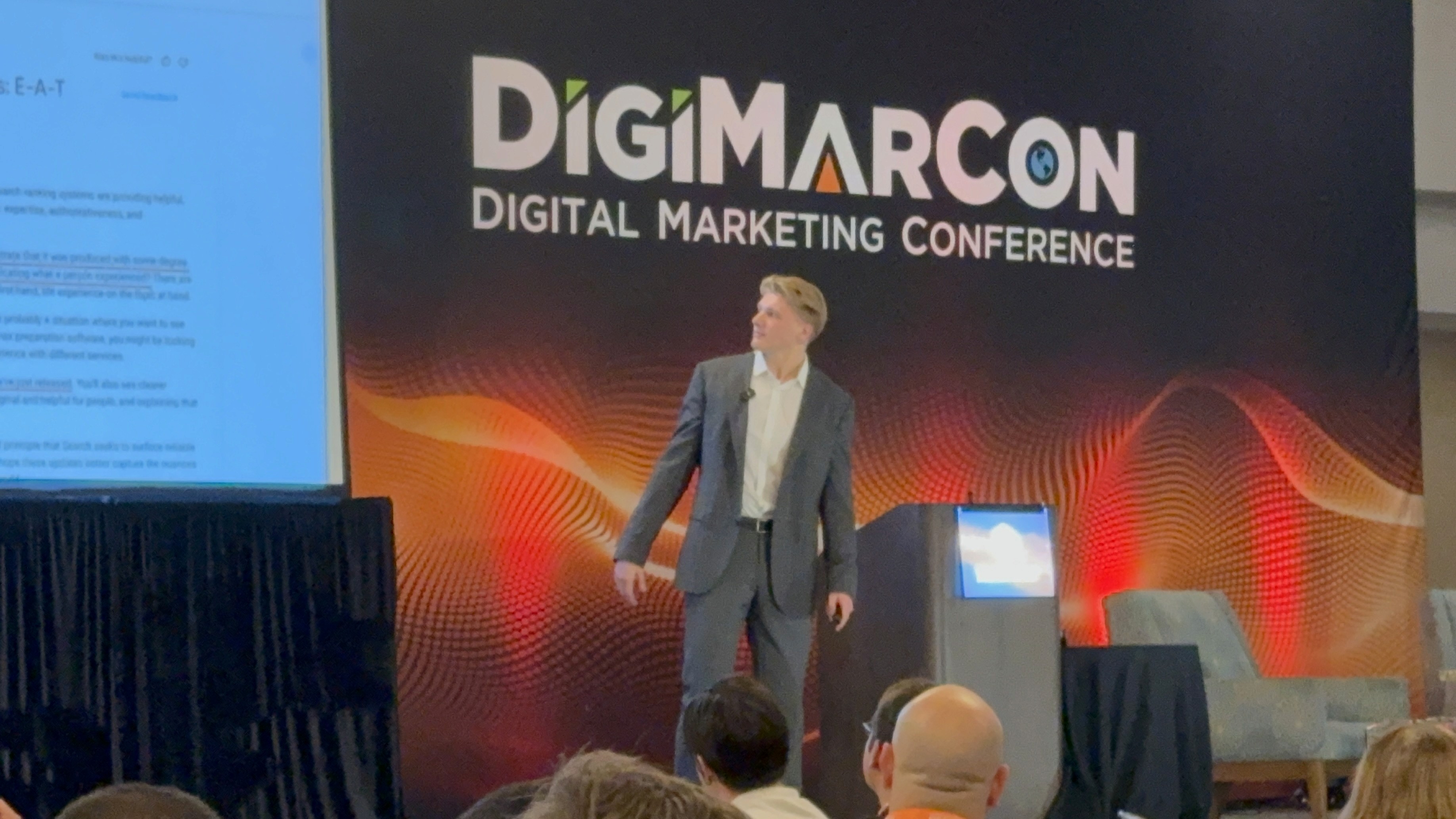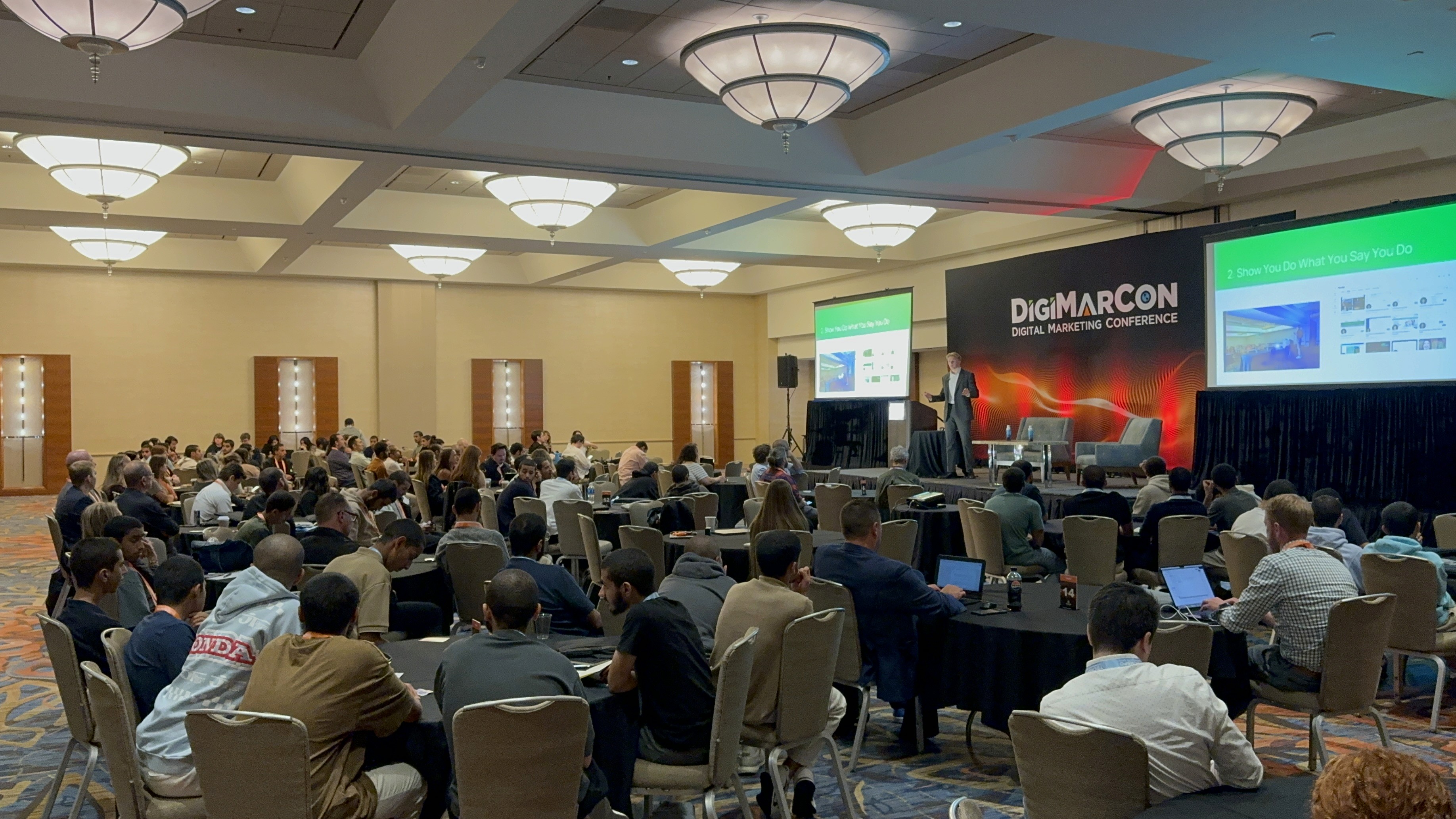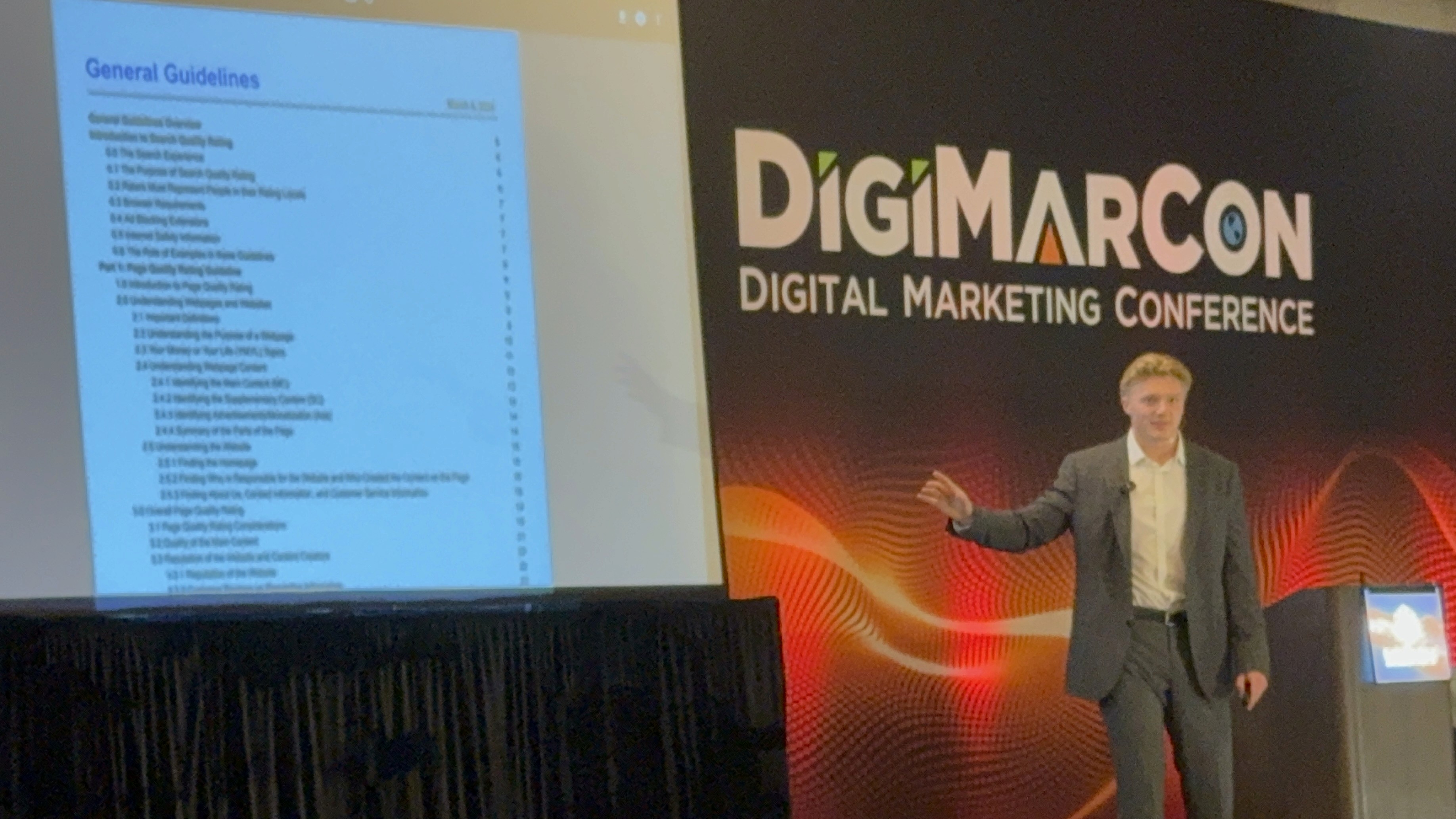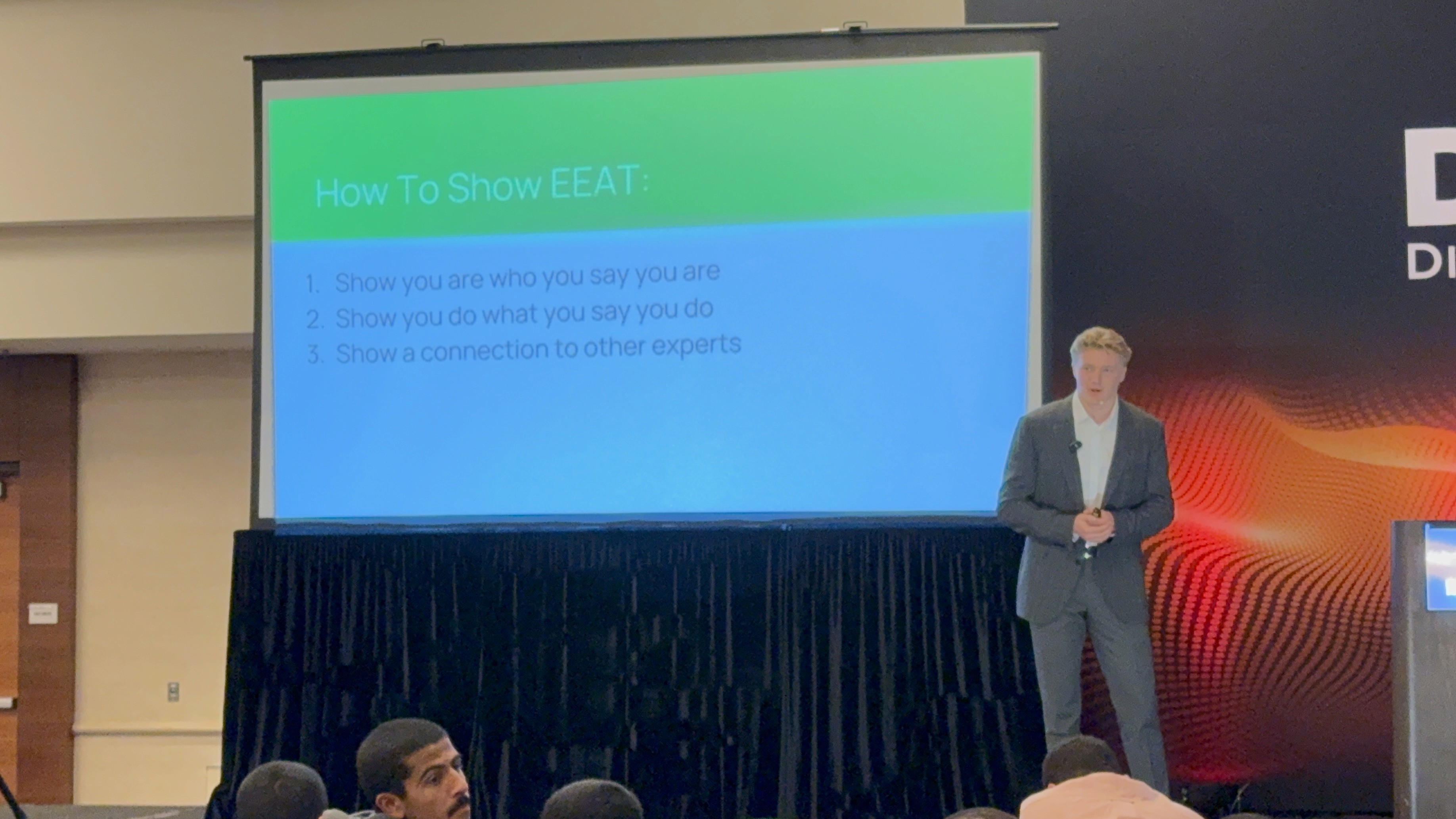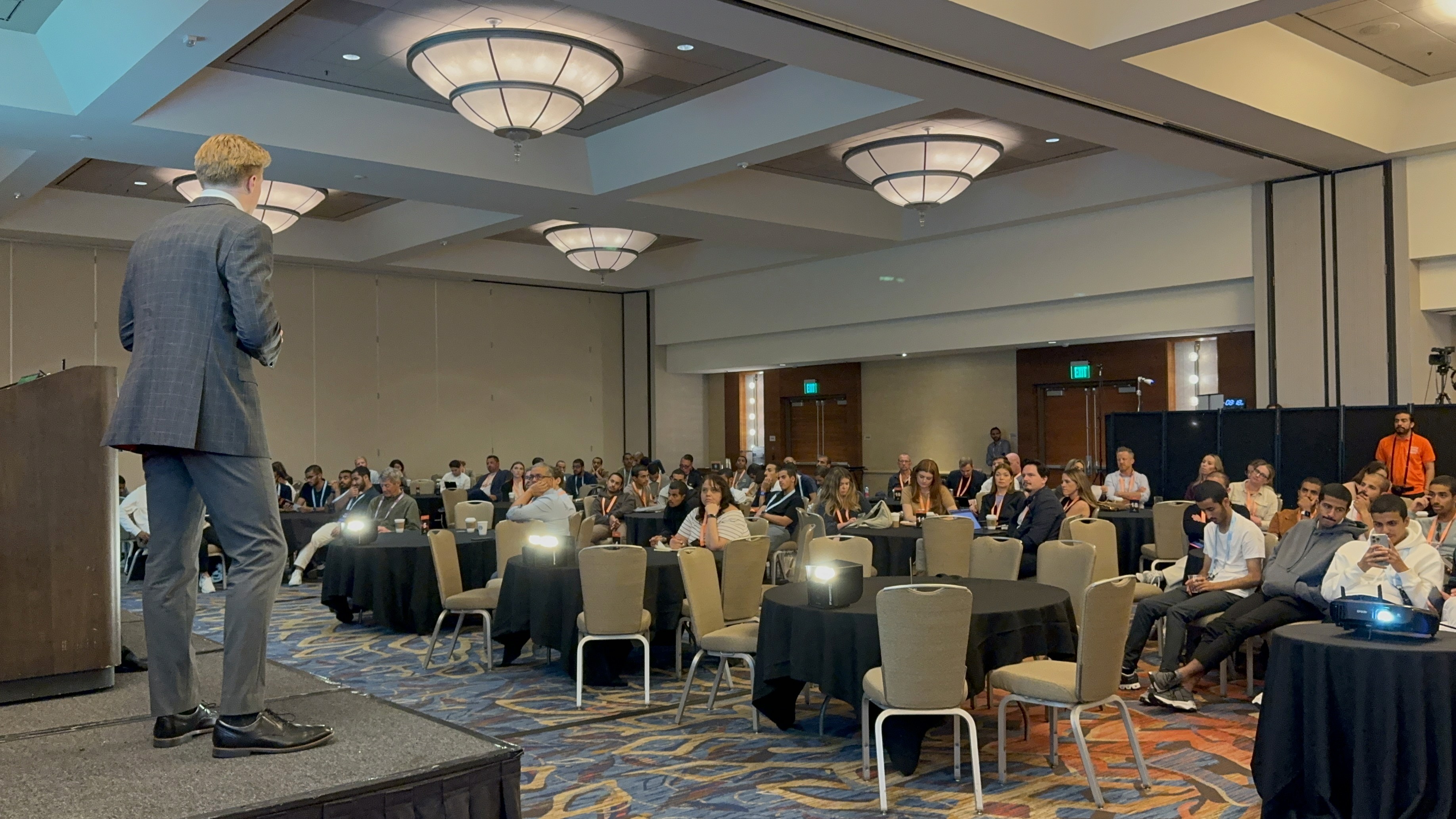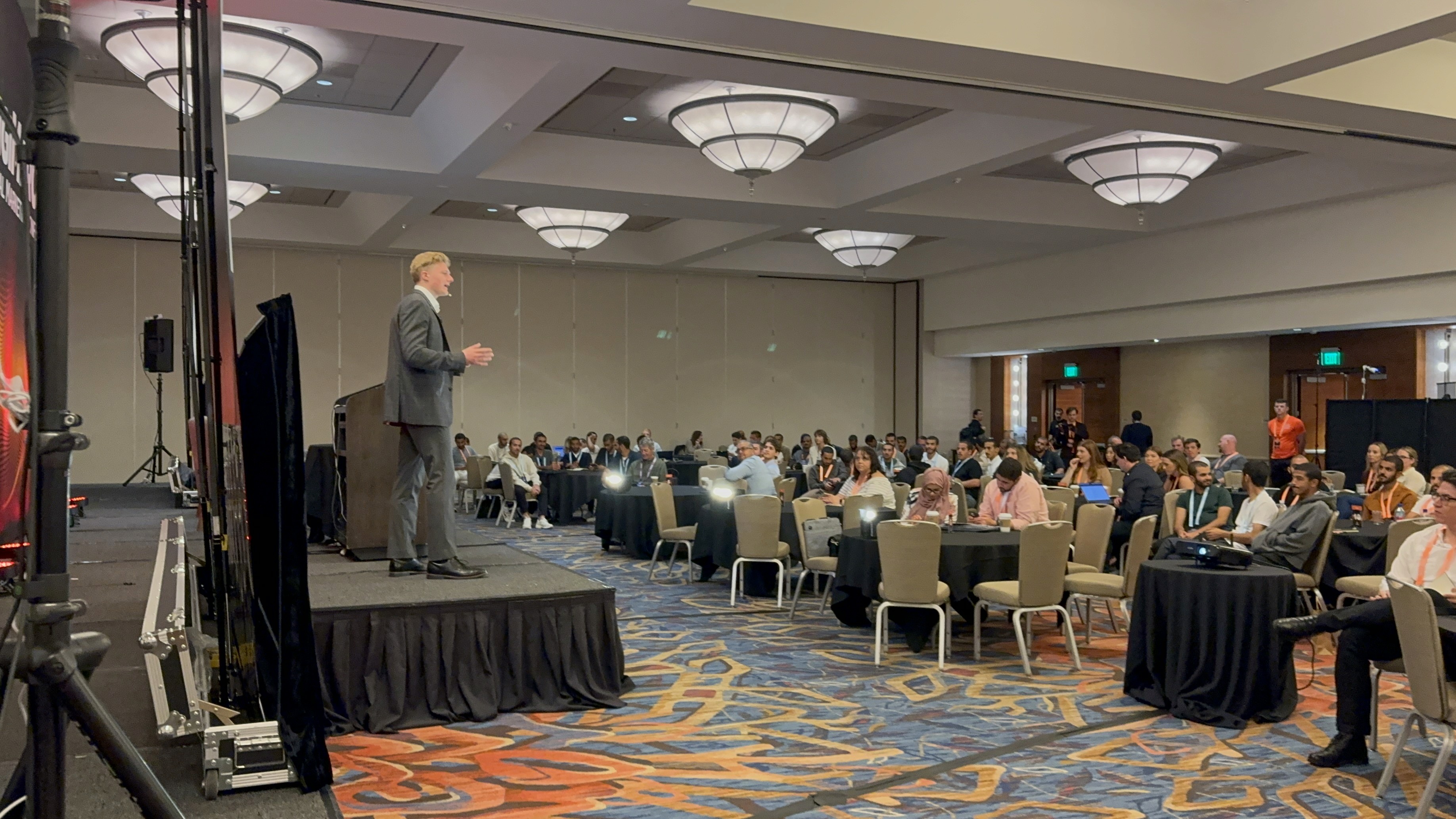Marketing
Types of CRM Funnels for Marketing: How to Optimize the Customer Journey
Jul 11, 2024
When it comes to managing customer relationships and optimizing marketing efforts, CRM (Customer Relationship Management) funnels are an essential tool. These funnels help you track and manage interactions with your customers at every stage of the buyer’s journey, from lead generation to conversion and beyond. As someone who’s seen the power of CRM systems in action, I can tell you that having the right funnels in place can make a massive difference in how effectively you nurture leads and close deals.
In this post, I’ll walk you through the different types of CRM funnels for marketing and how they can help you optimize each stage of the customer journey.
/ / / / / / / /
What Is a CRM Funnel?
A CRM funnel represents the stages a customer goes through, from initial awareness of your brand to becoming a paying customer—and ideally, a loyal advocate. With a well-structured CRM funnel, you can monitor customer interactions, track engagement, and ensure that each lead receives the right touchpoints at the right time.
Using a CRM system allows you to automate and streamline the process, improving your marketing efficiency and boosting conversions. CRM funnels help you:
Understand where your leads are in the customer journey.
Automate marketing actions based on customer behavior.
Personalize your outreach to maximize engagement.
Measure the effectiveness of your marketing efforts.
Types of CRM Funnels for Marketing
There are several types of CRM funnels that businesses can implement based on their goals and customer journey stages. Here’s a breakdown of the key types that I’ve found most useful:
1. Lead Generation Funnel
The lead generation funnel is focused on attracting and capturing leads who are just discovering your business. This is the top of the funnel, where you create awareness and drive interest using things like CRO marketing.
How It Works:
Attract visitors through blog content, social media, paid ads, or SEO.
Capture leads with opt-in forms, gated content, or lead magnets (eBooks, whitepapers, etc.).
Use your CRM to tag new leads and automate email follow-ups to nurture them.
This type of funnel is all about turning visitors into leads by collecting their contact information. The goal here is to get people interested in your brand, so you can engage with them further.
2. Lead Nurturing Funnel
Once a lead enters your CRM, the next step is to nurture them—guiding them through the funnel until they’re ready to make a purchase. Lead nurturing funnels are designed to build trust, educate your leads, and address any objections they might have about buying from you.
How It Works:
Use email campaigns to share educational content, case studies, or product demos.
Segment your leads based on behavior (e.g., someone who clicked a link in an email might get a more personalized follow-up).
Set up automated triggers in your CRM to send specific messages when leads engage with your content.
In my experience, nurturing leads with valuable content is one of the best ways to move them closer to a buying decision. CRM tools allow you to automate much of this process, saving time while keeping your communication personalized.
3. Sales Funnel
The sales funnel is where leads transition from being nurtured to becoming potential customers ready to make a purchase. This funnel focuses on closing deals, and it’s critical to have clear steps in place to move leads down the funnel efficiently.
How It Works:
Use your CRM to track lead activity and prioritize the hottest leads—those showing buying intent.
Set up sales pipelines that map out each stage of the sales process (e.g., demo requested, proposal sent, follow-up needed).
Automate follow-ups with reminders for sales reps or trigger special offers to encourage conversion.
For businesses with a dedicated sales team, the CRM sales funnel is essential for managing lead flow, ensuring timely follow-ups, and closing deals faster.
4. Customer Retention Funnel
Many businesses make the mistake of focusing solely on acquiring new customers, but customer retention is just as important. A customer retention funnel helps you engage existing customers, encouraging them to make repeat purchases and remain loyal to your brand.
How It Works:
Use your CRM to track customer purchases and set triggers for follow-up communications.
Send automated thank-you emails after a purchase, followed by personalized offers or recommendations based on their previous behavior.
Engage customers through loyalty programs, discounts, or special perks.
I’ve found that maintaining communication with existing customers leads to higher retention rates and customer lifetime value. Your CRM can help you automate these interactions and provide a personalized experience that keeps customers coming back.
5. Re-engagement Funnel
The re-engagement funnel is designed to bring back customers or leads who have gone cold or haven’t interacted with your brand in a while. Re-engaging lost leads or customers can be more cost-effective than acquiring new ones, so this funnel is critical for any long-term marketing strategy.
How It Works:
Set up automated re-engagement email sequences for customers or leads who haven’t interacted with your business in a set period (e.g., 3 months).
Offer exclusive discounts, incentives, or new product announcements to encourage them to return.
Use your CRM to track engagement and refine your approach based on response rates.
In my own business, I’ve used re-engagement funnels to bring back inactive leads and turn them into loyal customers. It’s an excellent way to reignite interest and recover lost opportunities.
How to Implement CRM Funnels in Your Marketing Strategy
Now that you know the different types of CRM funnels, how do you actually implement them in your business? Here’s how I recommend getting started:
1. Map Out Your Customer Journey
The first step is understanding the stages of your customer journey and where CRM funnels can help optimize the process. Look at how leads enter your funnel, how they engage with your brand, and the steps they take to become paying customers. Once you have a clear journey, you can design funnels that align with each stage.
2. Segment Your Audience
A one-size-fits-all approach rarely works, so segment your audience based on their behavior, engagement, and where they are in the funnel. Most CRM tools allow you to create detailed customer segments, which means you can target your messaging more effectively.
3. Automate Where Possible
One of the biggest advantages of using CRM funnels is the ability to automate tasks that would otherwise take up time. From email campaigns to lead scoring, use your CRM’s automation features to streamline your marketing efforts and ensure consistent follow-up.
4. Track and Optimize
Finally, make sure you’re tracking the performance of each funnel. Your CRM will provide insights into open rates, click-through rates, conversions, and more. Use this data to optimize your funnels over time, improving performance and ensuring you’re getting the best results.
Final Thoughts on CRM Funnels for Marketing
CRM funnels are a powerful tool for managing customer relationships and optimizing every stage of the marketing process. Whether you’re focused on lead generation, nurturing, sales, or retention, having the right funnels in place can significantly improve your results.
From my experience, implementing CRM funnels has not only helped me stay organized but also allowed me to engage with leads and customers in a more meaningful way. If you’re serious about growing your business and improving customer relationships, CRM funnels should be a key part of your marketing strategy.
Latest
More Blogs By Danny Leibrandt
Get the latest insights on business, digital marketing, and entrepreneurship from Danny Leibrandt.

